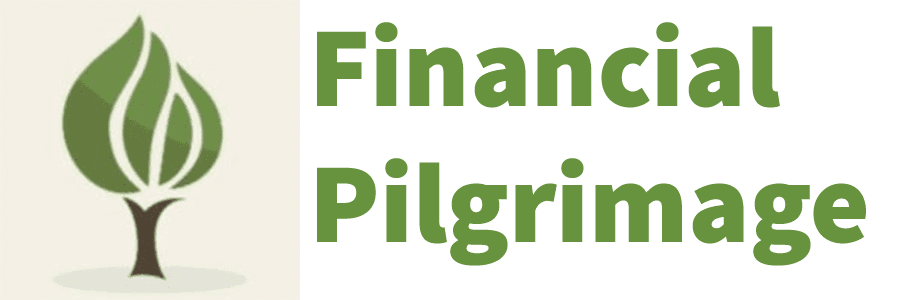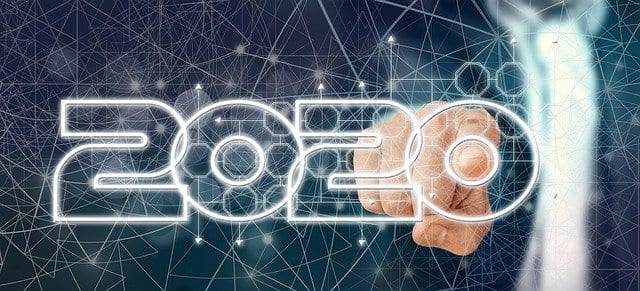Well folks, we made it through the year 2020. The year 2020 taught us much about many things, including work, technology, and the media. Leaving 2020 it feels as if life has changed in some ways forever. Some for the good and some for the not so good.
Moving on to 2021, I’m most looking forward to the coronavirus being squashed by the vaccine. The virus has reeked havoc on the lives of many, both from a health and financial standpoint. It’s been hitting closer to home for many of us as well. Personally, I attended the funeral of my 94-year-old grandma a few weeks ago who passed after catching the coronavirus in her nursing home. I’m also hearing more stories of friends, family, and co-workers that are battling the virus.
Despite all the bad that has come with the virus, there’s also been some good. Our family has been able to slow down. Gone is the rush of extra curricular activities, getting stuck in traffic, and a never ending schedule of birthday parties and other events. They have been replaced by unscheduled weekends at home, frequent trips to the park, and time spent with my wife and two young children. As life returns to normal, I believe I’ll look back fondly on many of these moments.
I’ve also learned a lot about myself. Slowing down gives us the opportunity for self reflection. There are several things that I would have said I didn’t like 12 months ago, but have learned to enjoy in 2020. We’ll get into a few of those below.
1) Technology Was Ready For the Pandemic
It’s crazy to think that in mid-February 2020 my wife and I were in Las Vegas for a wedding. Besides the barely noticeable increase in mask wearing at the airports, life was completely normal. Little did we know that less than a month the world would come to a screeching halt.
In mid-March everything changed. We received notification at work that our office would be going remote for two weeks. Even though I suspected we’d be out longer than two weeks, never did I imagine I’d still be working remotely 10 months later.
My organization has tens of thousands of employees. We went from having 90% of our staff working on-site to 90% of staff working from home, basically overnight. And though there were a few bumps initially, it has shockingly been mostly a non-event.
Over the past several years technology has made huge strides. Cloud environments, improved virtual private networks (VPN), and growing online communities allowed us to make the transition from in-person work to being completely remote. While most of us have missed out on personal interactions during the last 10 months, can you imagine what life would be like if this pandemic hit 10 or 20 years ago? Thankfully, technology was ready to step in and allow us to keep as much normalcy as possible in our lives.
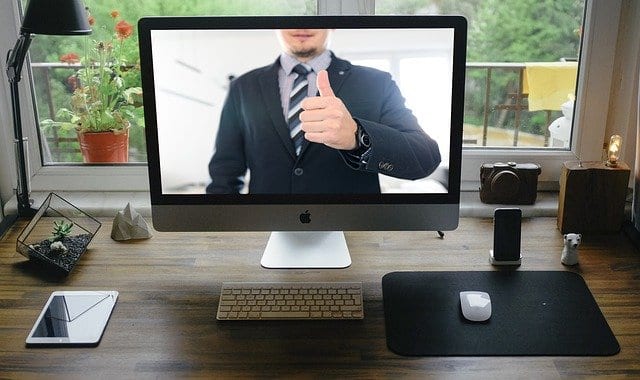
2) Working From Home Isn’t So Bad After All
Before the pandemic I didn’t like working from home. Don’t get me wrong, it was nice to be able to work from home on occasion when a contractor was coming by or if there was a sick kid at home. However, on a normal day if given the choice to work remotely or come into the office I almost always chose going into the office.
Working from home generally led to more frustration than benefit. I didn’t have a home office set up so I’d spend hours crouched over a laptop usually sitting at my kitchen table. There always seemed to be some type of network issue. I’d spend more time trying to keep my VPN connection than actually working on some days. With young children I was always mildly stressed about them making a lot of noise while in a meeting.
The commute into the office never bothered me either. I only live 8 miles from my work so the 20ish minute commute allowed for a transition between home life and work life. I would always say that working from home made me feel like a prisoner in my own home and I didn’t like that.
Since March of last year, many of those challenges have gone away. I now have a dedicated workspace, connecting to the network is much improved, and it’s much more acceptable to have screaming children in the background.
Working from home has allowed me to spend precious moments with my young children. Being home with my 2-year-old and seeing her throughout the day has made me realize how much I missed out on with my 6-year-old. We also watch our nieces one day a week. Usually they would be dropped off and picked up while I was at work so I missed out on seeing them. Now I get to hang out with them as well during the days.
Besides spending more time with kids, another benefit has been working out during lunch. While we do have a really nice workout facility on-site at work, it’s been nearly impossible to get over there regularly. There just wasn’t enough time to workout and eat lunch within an hour or so. However, at home my office is literally my gym. It takes all of 2 minutes to get ready and we have been doing 30 minute video workouts daily. This still provides enough time to make lunch and get back to work within an hour. I’ve found that working out almost daily during lunch has been a huge productivity booster. Whenever I don’t get the chance to workout during lunch, my afternoons are far less productive.
3) I Miss Coworkers and Friends
Even though I’ve really enjoyed working from home, I miss in person interactions with colleagues. The big downside of working from home is the missed incidental run-ins with coworkers. Seeing colleagues in the cafeteria, bumping into someone in the hallway, or the interactions that take place before and after meetings. Those interactions are important and instead have to be manufactured in a virtual environment.
We also miss seeing our friends. During the past several months of the pandemic we have established somewhat of a bubble with 15 or so family members. It’s not a risk free situation obviously, but seems like a good middle ground for our family. However, we’ve rarely seen friends since last March. We miss getting together and having a few beers while the kids play together in the backyard. Hopefully, we can at least get back to seeing our friends in 2021.
4) Media is Broken
When I was in college, I took an ethics class. It ended up being one of the best classes in my six and a half years of college. I remember during one class the teacher commented that the absolute worst thing you can watch is the 10 o’clock news (or any local news). The argument was that while there may be other shows with gory violence or bad language, deep down we knew that was fake. The news was real life and it’s main goal was to instill fear into us. It makes us scared of our neighbors and our city.
That really struck a cord with me. Growing up my parents watched the news religiously. It was the way that they stayed connected locally. Little did I know that some of the downsides of local news media would pale in comparison to social media and cable news.
Social media certainly has its pros and cons, as does more traditional media such as cable news. Social media has helped many of us stay connected to others during the past 10 months. Even though we haven’t seen friends and some family members, it’s nice to be able to see pictures of them on various social media platforms.
However, there is an ugly side to media as well. What worries me about media today is how it can be tailored to feed a person the scary information that suits our own biases. Twenty years ago at least most people were watching the same news and reading the same newspapers. Now we set up our Twitter feeds and watch the cable news stations that align with our political beliefs.
As a result, media pulls us further apart. Giant echo chambers are formed. It’s no wonder why we are more divided as a country than ever. It’s also becoming more difficult to separate facts from conspiracy theories. In some cases, statistics are manipulated to fit the narrative of a story being told. In other cases, there are downright lies told masked in false truths.
I’m not exactly sure how we fix this issue. I do think it starts by figuring out a way to distinguish facts from conspiracy theories. How can we know if the information that we’re reading comes from a reputable source? The pandemic has been a great example of this issue. Depending on who you talk to people are all over the place regarding the pandemic. At the extremes one side believes that COVID is a hoax, while the other side believes it’s the end of the world. While most of us are somewhere in the middle, it’s still evident how divided we are on what should be a relatively straightforward issue.
The media has never been perfect, but hopefully we can find ways to capitalize on the good parts and minimize the bad parts.
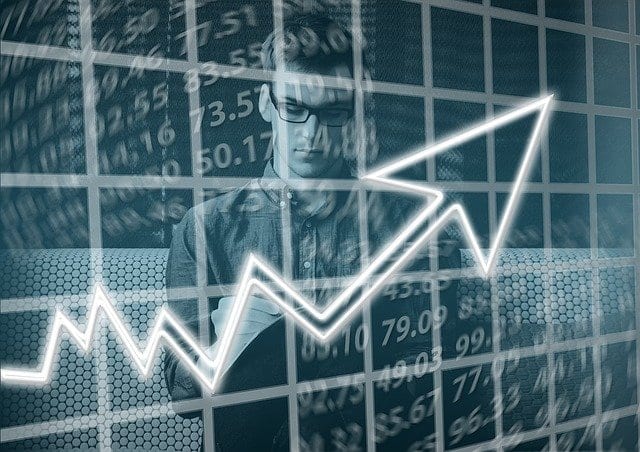
5) The Stock Market is Not the Economy
I have been wrongly predicting a stock market downturn since about 2016. While we haven’t stopped investing in the market, it was one of the factors we considered when deciding to pay off the rest of our mortgage.
Ever since 2016 the market has done nothing but go up, despite a few bumps along the way. When the market tanked in March, it felt like we were in for an extended downturn, but instead it bounced right back.
I’ve been trying to get my head around why the market continues to go up at a seemingly unsustainable pace. With record job loss and high unemployment, many people are struggling. Food banks are overrun with people in need, small businesses are closing at a record pace, and we are still months away from things returning to a new normal.
All the while the stock market has nearly doubled since lows in March. There has of course been stimulus money along the way. That has helped to prop up sectors of the economy that have been hurting. However, I think the real reason is because our stock market is largely driven by mega-companies. And overall those mega companies have done well since the start of the pandemic.
Many are tech companies and have benefitted from people staying home glued to devices. Facebook, Apple, Microsoft, Amazon, and Google. Those five companies alone make up about 20% of VTSAX, which is the Vanguard fund held by many in the financial independence space that includes the total domestic stock market.
It will be interesting to see what happens on the other end of the pandemic. I worry there is much truth to the K-shaped recovery, meaning that the rich and upper middle class are doing great on average, while the low-to-moderate income group is bearing the brunt of the pandemic, creating a further divide. I personally believe that growing income equality is one of the biggest challenges we face in our country. Sounds like a good topic for a future blog post.
Back from a Blogging Break
Thanks for reading! I’ve been relatively inactive on the blog the past few months. After three years of writing somewhat regularly I needed to take a break. However, I have written or contributed to a few articles for other websites. Check out the list below.
- 5 Money Lessons Learned from Playing Final Fantasy Games – Your Money Geek
- How We Unintentionally Prepared for a Pandemic – The Plutus Foundation
- Personal Finance Tips: An Anthology To Review And Bookmark in 2021 – The Financially Independent Millennial
- 25 Best Personal Finance Articles of 2020 – Dyer News
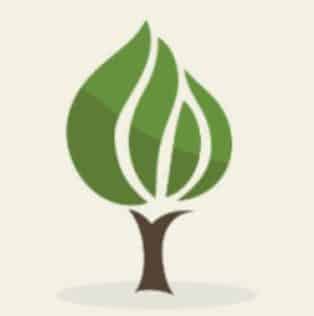
Mark is the founder of Financial Pilgrimage, a blog dedicated to helping young families pay down debt and live financially free. Mark has a Bachelor’s degree in financial management and a Master’s degree in economics and finance. He is a husband of one and father of two and calls St. Louis, MO, home. He also loves playing in old man baseball leagues, working out, and being anywhere near the water. Mark has been featured in Yahoo! Finance, NerdWallet, and the Plutus Awards Showcase.
